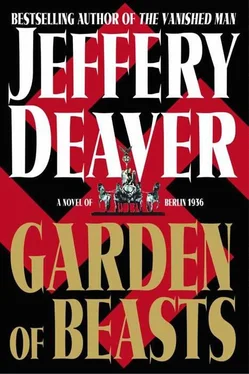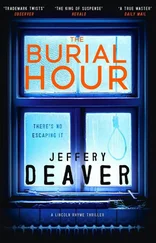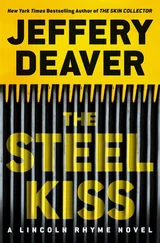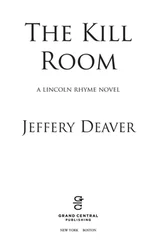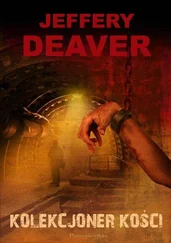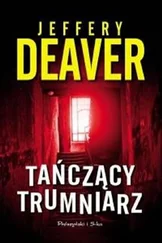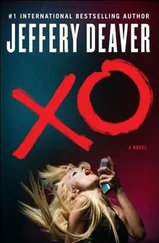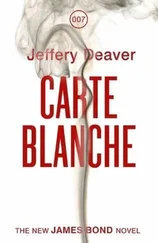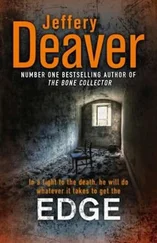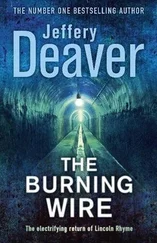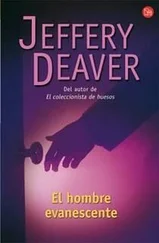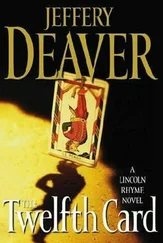Gordon considered the question. Only one thing came to mind.
“Pray,” he said and pressed down the cradle on the phone then paused for a moment and lifted it once more.
Inspector Willi Kohl sat at his desk in the gloomy Alex, attempting to understand the inexplicable, a game played nowhere more often than in the halls of police departments everywhere.
He had always been a curious man by nature, intrigued, say, by how the blend of simple charcoal, sulfur and nitrate produced gunpowder, how undersea boats worked, why birds clustered together on particular parts of telegraph lines, what occurred within human hearts to whip otherwise rational citizens into a frenzy when some weasely National Socialist spoke at a rally.
His mind was presently preoccupied with the question of what sort of man could take another’s life? And why?
And, of course, “Who?” as he now whispered aloud, thinking of the drawing done by the street artist at November 1923 Square. Janssen was now having it too printed up downstairs, as they’d done with the photo of the victim. It wasn’t a bad sketch by any means, Kohl reflected. There were some erasures from the false starts and corrections but the face was distinctive: a handsome square jaw, thick neck, hair a bit wavy, a scar on the chin and a sticking plaster on his cheek.
“Who are you?” he whispered.
Willi Kohl knew the facts: the man’s size and age and hair color and probable nationality, even his likely city of residence. But he’d learned in his years as an investigator that to find certain criminals, you needed far more than details like this. To truly understand them, something more was required, intuitive insights. This was one of Kohl’s greatest talents. His mind made connections and leaps that occasionally startled even himself. But now, none of these was forthcoming. Something about this case was out of balance.
He sat back in his chair, examining his notes as he sucked on his hot pipe (one advantage of being with the ostracized Kripo was that Hitler’s disdain for smoking did not reach here, to these unhallowed halls). He shot smoke toward the ceiling and sighed.
The results from his earlier requests had not been forthcoming. The laboratory technician had not been able to find any fingerprints on the Olympic guidebook that they’d found at the scene of the brawl with the Stormtroopers, and the FPE (yes, Kohl noted angrily, still only one examiner) hadn’t found matches for the prints from Dresden Alley. And still nothing from the coroner. How the hell long does it take to cut a man open, to analyze his blood?
Of the dozens of missing persons reports that had flooded into the Kripo today, none matched the description of the man who was certainly a son and maybe a father, maybe a husband, maybe a lover…
Some telegrams had arrived from precincts around Berlin, reporting the names of those who’d bought Spanish Star Modelo A pistols or Largo ammunition in the past year. But the list was woefully incomplete and Kohl was discouraged to learn that he’d been wrong; the murder weapon was not as rare as he’d thought. Perhaps because of the close connection between Germany and Franco’s Nationalist forces in Spain, many of these powerful and efficient guns had been sold here. The list as of the moment totaled fifty-six people in Berlin and environs, and a number of gun shops remained to be polled. Officers had also reported that some shops kept no records or were closed for the weekend.
Besides, if the man had come to town only yesterday, as it now seemed, he most likely hadn’t bought the gun himself. (Though the list might yet prove valuable: The killer could have stolen the gun, taken it from the victim himself or gotten it from a comrade who had been in Berlin for some time.)
Understanding the inexplicable…
Still hoping for the passenger manifest for the Manhattan, Kohl had sent telegrams to port officials in Hamburg and to the United States Lines, the owner and operator of the vessel, requesting a copy of the document. But Kohl wasn’t optimistic; he wasn’t even sure if the port master had a copy. As for the ship line itself, they would have to locate the document, create a copy and then post or Teletype it to Kripo headquarters; that could take days. In any event, there’d so far been no response to these requests.
He had even sent a telegram to Manny’s Men’s Wear in New York, asking about recent purchasers of Stetson Mity-Lites. This plea too was presently unanswered.
He glanced impatiently at the brass clock on his desk. It was getting late and he was starving. Kohl wished either for a break in the case or to return home for dinner with his family.
Konrad Janssen stepped into his doorway. “I have them, sir.”
He held up a printed sheet of the street artist’s rendering, fragrant with the scent of ink.
“Good… Now, sadly, Janssen, you have one more task tonight.”
“Yes, sir, whatever I can do.”
One further quality of serious Janssen was that he had no aversion to working hard.
“You will take the DKW and return to the Olympic Village. Show the artist’s picture to everyone you can find, American or otherwise, and see if anybody recognizes him. Leave some copies along with our telephone number. If you have no luck there, take some copies to the Lützow Plaza precinct. If they happen to find the suspect tell them to detain him as a witness only and to call me at once. Even at home.”
“Yes, sir.”
“Thank you, Janssen… Wait, this is your first murder investigation, is it not?”
“Yes, sir.”
“Ah, you never forget the first one. You’re doing well.”
“I appreciate that, sir.”
Kohl gave him the keys to the DKW. “A delicate hand on the choke. She likes air as much as petrol. Perhaps more.”
“Yes, sir.”
“I’ll be at home. Telephone me with any developments.”
After the young man had gone Kohl unlaced and removed his shoes. He opened his desk drawer, extracted a box of lamb’s wool and wound several pieces around his toes to cushion the sensitive areas. He placed a few strategic wads in his shoes themselves and, wincing, slipped his feet back inside.
He glanced past the picture of the suspect to the grim photographs of the murders in Gatow and Charlottenburg. He’d heard nothing more about the report from the crime scene or interviews of any witnesses. He supposed that his fiction about the Kosi conspiracy he’d pitched to Chief of Inspectors Horcher had had no effect.
Gazing at the pictures: a dead boy, a woman trying to grasp the leg of a man lying just out of reach, a worker clutching his worn shovel… Heartbreaking. He stared for some moments. He knew it was dangerous to pursue the case. Certainly dangerous for his career, if not his life. And yet he had no choice.
Why? he wondered. Why this compulsion he invariably felt to close a murder case?
Willi Kohl supposed it was that, ironically, in death he found his sanity. Or, more accurately, in the process of bringing to justice those who caused death. This was his purpose on earth, he felt, and to ignore any killing – of a fat man in an alley or a family of Jews – was to ignore his nature and was therefore a sin.
The inspector now put the photographs away. Taking his hat, he stepped into the hallway of the old building and proceeded down the length of Prussian tile and stone and wood worn down over the years but nonetheless spotlessly clean and polished to a shine. He walked through shafts of low, rosy sun, which was the main source of illumination at headquarters this time of year; the grande dame of Berlin had become a spendthrift under the National Socialists (“Guns before butter,” Göring proclaimed over and over and over), and the building’s engineers did all they could to conserve resources.
Читать дальше
